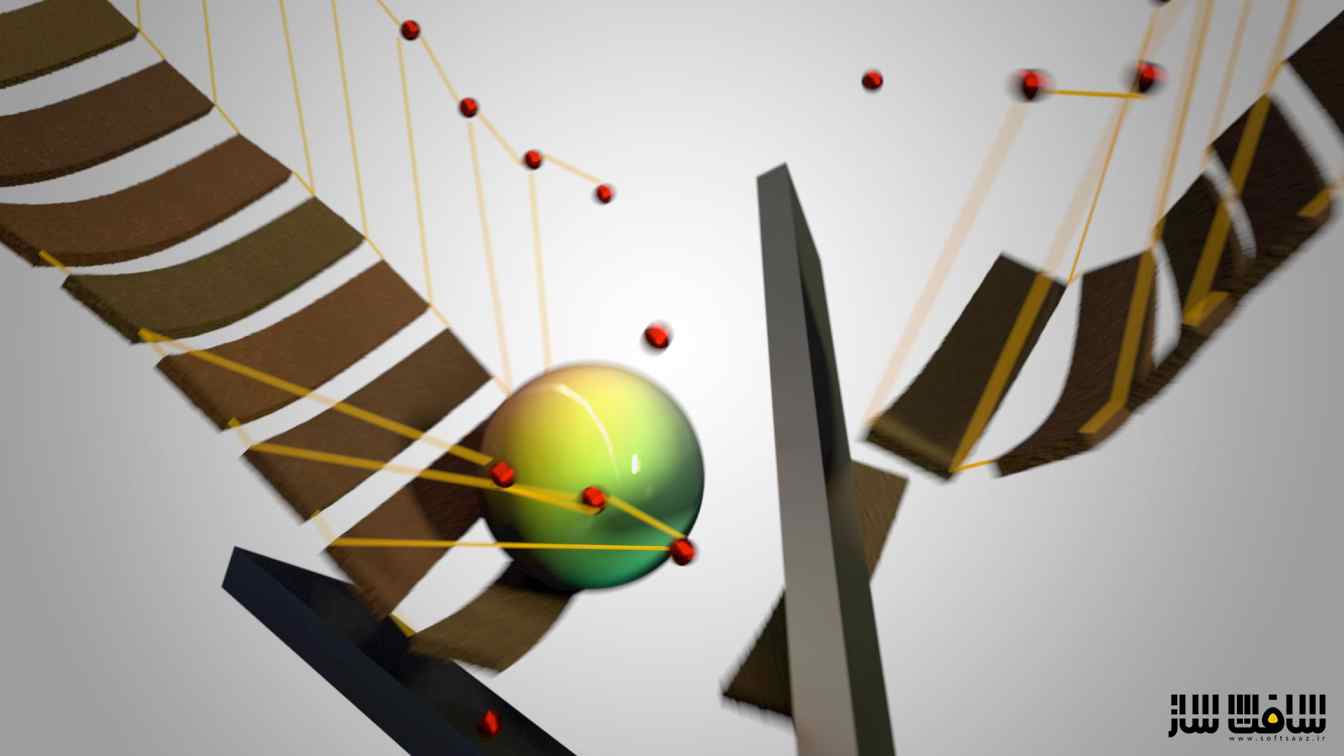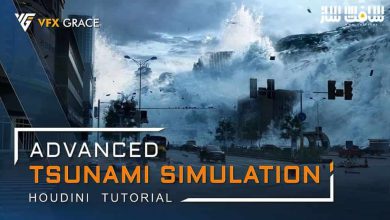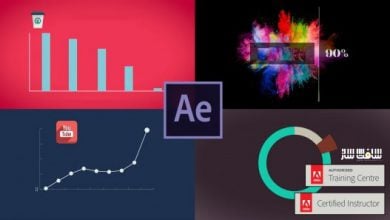آموزش اصول Houdini بخش دوم
FXPHD - HOU109 - Houdini Fundamentals, Collection 2

آموزش اصول Houdini بخش دوم
آموزش اصول Houdini بخش دوم : در این دوره 2 ساعته ، هنرمند Andrew Lowell، در بخش دوم به معرفی rigid body dynamics در هودینی می پردازد. ورود به دنیای فیزیک واقعی با rigid body dynamic آغاز می شوید و این بخش یکی از مناطق ضروری برای VFX است. داشتن ترکیب مناسب از انیمیشن،شبیه سازی،مدلینگ و همچنین دانش فنی آماده براش شروع کار تخریب ضروری است. این دوره آموزشی توسط تیم ســافــت ســاز برای شما عزیزان تهیه شده است.
عناوین اصلی دوره آموزشی :
- مروری بر ورک فلوی شبیه سازی
- بسته بندی و شکستگی ضروری
- آناتومی محدودیت
- کار با انواع محدودیت ها
- تفکر مانند یک انیماتور در داینامیک
- تنظیم محدودیت داینامیک
عنوان دوره : FXPHD – HOU105 – Houdini Fundamentals, Collection 1
سطح : متوسط
زمان کل دوره : 2.18 ساعت
تعداد فایل های تصویری : 7
سال آموزش : 2020
فایل تمرینی : دارد
مربی دوره : Andrew Lowell
نرم افزار : Houdini
زیرنویس انگلیسی : ندارد
FXPHD – HOU109 – Houdini Fundamentals, Collection 2
This course, taught by Andrew Lowell, introduces rigid body dynamics in Houdini. Houdini’s entry into realistic physics started with rigid body dynamics, and it has remained one of the most aggressive growth areas both in the software as well as VFX as a whole. While seemingly straightforward, having the right combination of animation, simulation, modelling as well as a ready technical knowledge is essential to getting realistic destruction shot to work. This quick start will introduce foundations in those concepts to get up and running quickly, whether embarking on learning or transferring knowledge from other packages.
As opposed to a plugin or side area of a package, dynamics in Houdini is a very expansive and open FX development environment. To do a tough destruction shot, it’s important to know what’s going on upfront. This short overview will introduce how a dynamics simulation is constructed from the ground up, and talk through important points of understanding and focus.
This tutorial goes through key optimizations which can drastically increase the efficiency of a rigid body dynamics simulation. Essential treatments and considerations for incoming fractures and geometry are applied and discussed to ensure fast and stable simulations.
This short overview will cover a constraint in its essence without premade setups. Using this set of core workflows constraints of any configuration or type can be created and applied to more advanced simulations.
Building on the creation of constraints, this tutorial will act as an introduction to the most common constraint types within Houdini rigid body dynamics, also the most common applications for each constraint type will be explored and applied.
Real dynamics don’t happen in isolation. They need to interact with characters and events. They need to tell a story and follow a script. They need final tweaks to make it into the movie. This course will cover how to interact with a dynamics simulation both with controlled (animated) objects, as well as during a simulation.
One determining mark of any professional simulation is fast, controllable iteration time as well as high quality surface output. Being able to use proxy geometry for a simulation can greatly aid in efficiency and stability. Having a reliable high resolution output without long processing times is also essential to finaling a shot. This tutorial will address both areas, using both low res proxy geometry as well as high res geometric output throughout the rigid body dynamics process.
This short tutorial will touch on the extensive intermediate to advanced possibilities within the powerful DOPs platform. One of the most common uses for custom solver operations is the dynamic manipulation of constraints during the simulation. This will provide a greater dimension of control over breaking in the rigid body simulation process.
حجم کل : 0.98 گیگابایت

برای دسترسی به کل محتویات سایت عضو ویژه سایت شوید
برای نمایش این مطلب و دسترسی به هزاران مطالب آموزشی نسبت به تهیه اکانت ویژه از لینک زیر اقدام کنید .
دریافت اشتراک ویژه
مزیت های عضویت ویژه :
- دسترسی به همه مطالب سافت ساز
- آپدیت روزانه مطالب سایت از بهترین سایت های سی جی
- ورود نامحدود کاربران از هر دیوایسی
- دسترسی به آموزش نصب کامل پلاگین ها و نرم افزار ها
اگر در تهیه اشتراک ویژه مشکل دارید میتونید از این لینک راهنمایی تهیه اشتراک ویژه رو مطالعه کنید . لینک راهنما
For International user, You can also stay connected with online support. email : info@softsaaz.ir telegram : @SoftSaaz
امتیاز به این مطلب :
امتیاز سافت ساز
لطفا به این مطلب امتیاز بدید 🦋






